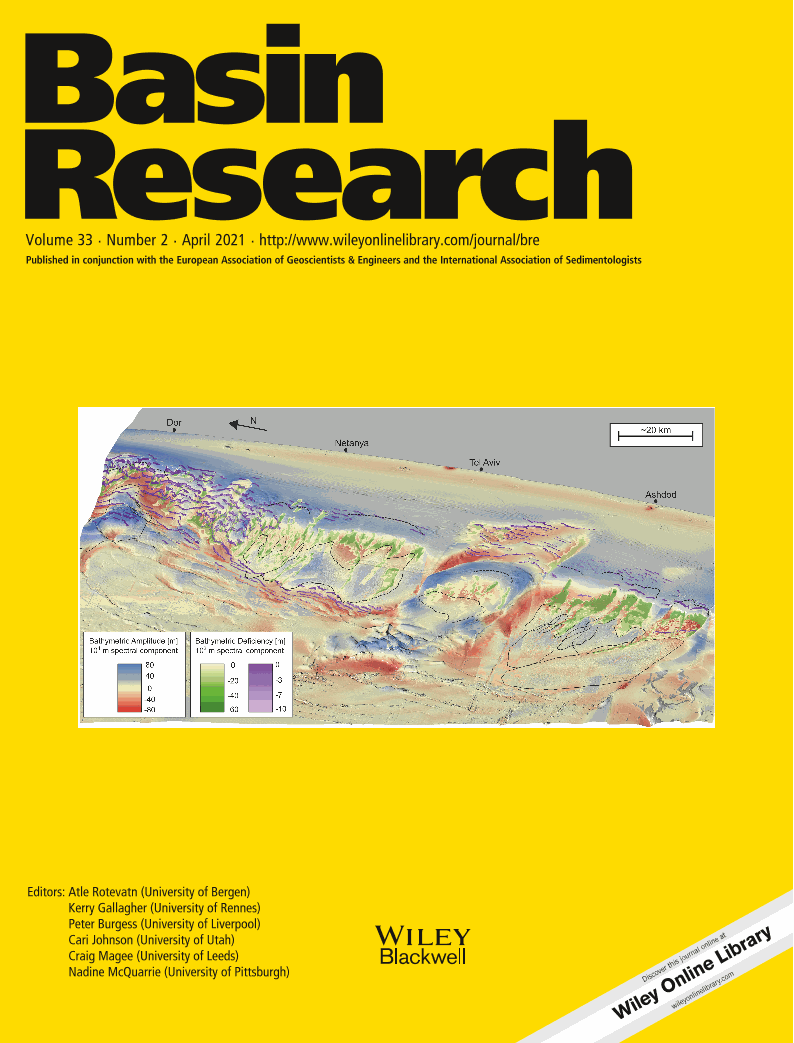
Full text loading...
 , Fernando Hongn1
, Fernando Hongn1 , Romina L. López Steinmetz2
, Romina L. López Steinmetz2 , Alejandro Aramayo1, Heiko Pingel3
, Alejandro Aramayo1, Heiko Pingel3 , Manfred R. Strecker3, John M. Cottle4
, Manfred R. Strecker3, John M. Cottle4 , Carlos Bianchi1
, Carlos Bianchi1
The structural and topographic evolution of orogenic plateaus is an important research topic because of its impact on atmospheric circulation patterns, the amount and distribution of rainfall, and resulting changes in surface processes. The Puna region in the north‐western Argentina (between 13°S and 27°S) is part of the Andean Plateau, which is the world's second largest orogenic plateau. In order to investigate the deformational events responsible for the initial growth of this part of the Andean plateau, we carried out structural and stratigraphic investigations within the present‐day transition zone between the northern Puna and the adjacent Eastern Cordillera to the east. This transition zone is characterized by ubiquitous exposures of continental middle Eocene redbeds of the Casa Grande Formation. Our structural mapping, together with a sedimentological analysis of these units and their relationships with the adjacent mountain ranges, has revealed growth structures and unconformities that are indicative of syntectonic deposition. These findings support the notion that tectonic shortening in this part of the Central Andes was already active during the middle Paleogene, and that early Cenozoic deformation in the region that now constitutes the Puna occurred in a spatially irregular manner. The patterns of Paleogene deformation and uplift along the eastern margin of the present‐day plateau correspond to an approximately north‐south oriented swath of reactivated basement heterogeneities (i.e. zones of mechanical weakness) stemming from regional Paleozoic mountain building that may have led to local concentration of deformation belts.
,Schematic overview of the distribution and extent of Paleogene proto‐ranges (dark grey) and their present‐day pendants (light grey) in the Central Andes of NW Argentina and surrounding regions. Black and white arrows indicate the vergence of faults with Eocene activity. Documented Paleogene tectono‐sedimentary features (white dots) and Paleogene thermochronological ages (black dots) are shown. Black line shows the western limit of Cretaceous rift activity. Light‐orange filling area indicates the zone in which penetrative Paleozoic deformation dies out towards the east (Mon & Hongn, 1987). The western and eastern borders of this zone contain Lower Paleozoic sequences respectively with intense (west) and little or no (east) Paleozoic deformation.

Article metrics loading...

Full text loading...
References


Data & Media loading...

